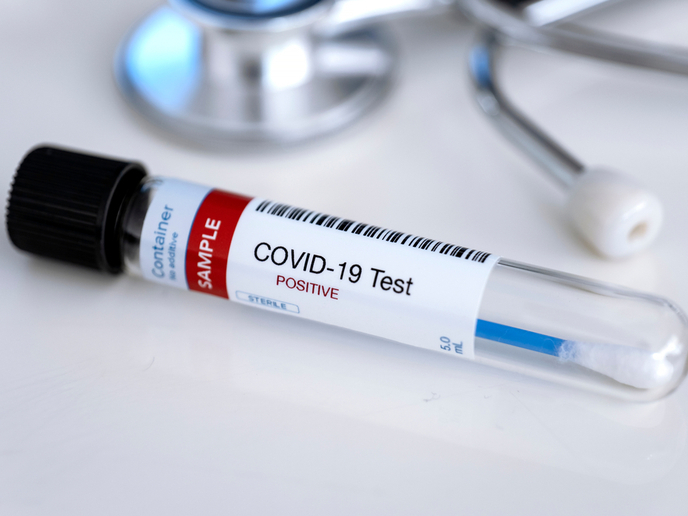Unveiling the mechanism of phagocytosis
Proper development and tissue homeostasis is highly dependent on the elimination of unwanted or aberrant cells. This is achieved through apoptosis and subsequent phagocytosis of dead cells. Failure to do so could lead to inflammation and autoimmunity. The EU-funded 'Molecular and cellular mechanisms in phagocytosis of apoptotic cells' (AC REMOVAL MECHANISM) project investigated the molecular and cellular mechanisms associated with phagocytic recognition of apoptotic cells. The work concentrated on the previously identified Six Microns Under (SIMU) receptor. Through SIMU, macrophages and glia in the nervous system recognise and engulf apoptotic cells. To understand how SIMU functions, researchers looked for its associating partner molecules. In this context, they characterised which SIMU domains were responsible for binding to apoptotic cells and the phagocytic surface. They identified phospholipid phosphatidylserine as a SIMU ligand on the surface of apoptotic cells. Findings revealed that additional caspase ligands were required for efficient clearance of apoptotic cells. These findings were corroborated through experiments in Drosophila embryos clearly illustrating that additional mechanisms to SIMU signalling are in place for phagocytosis of unwanted cells. Scientists investigated the role of additional receptors (LDL and CD36) by generating flies lacking these molecules. This helped in understanding the process of apoptotic cell clearance during Drosophila embryogenesis. Collectively, the AC REMOVAL MECHANISM study provided the basis for identifying novel actors implicated in the process of phagocytic clearance of apoptotic cells. Apart from fundamental insight into the key biological process of phagocytosis, the project findings have potential applications in the diagnosis and treatment of human diseases.







